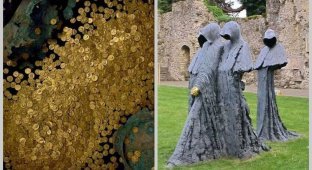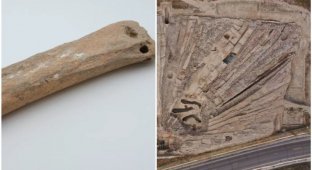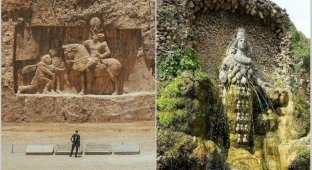Archaeological mysteries that baffle scientists (7 photos)
Thousands of years ago, people were able to make a number of inventions that still remain mysteries for modern science. For example, a figurine of a bird that is strikingly similar to a modern airplane, or strange bronze dodecahedrons that have haunted scientists for 300 years. This article is devoted precisely to such archaeological artifacts, the secret of which has not yet been revealed. 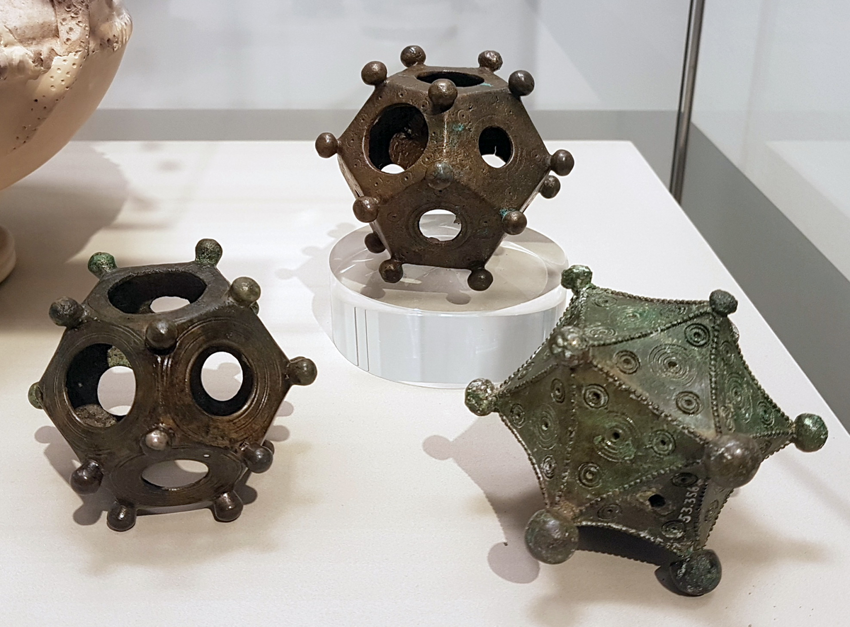
Cumbemayo Stone Aqueduct
In Peru, about 20 kilometers southwest of the city of Cajamarca, lies one of the strangest archaeological sites in the world and evidence that early humanity appears to have had technologies we cannot yet understand.
The Cumbemayo Aqueduct, or in simple terms, the aqueduct, was built at an altitude of 3,500 meters above sea level in an area where, even today, significant volcanic activity occurs. 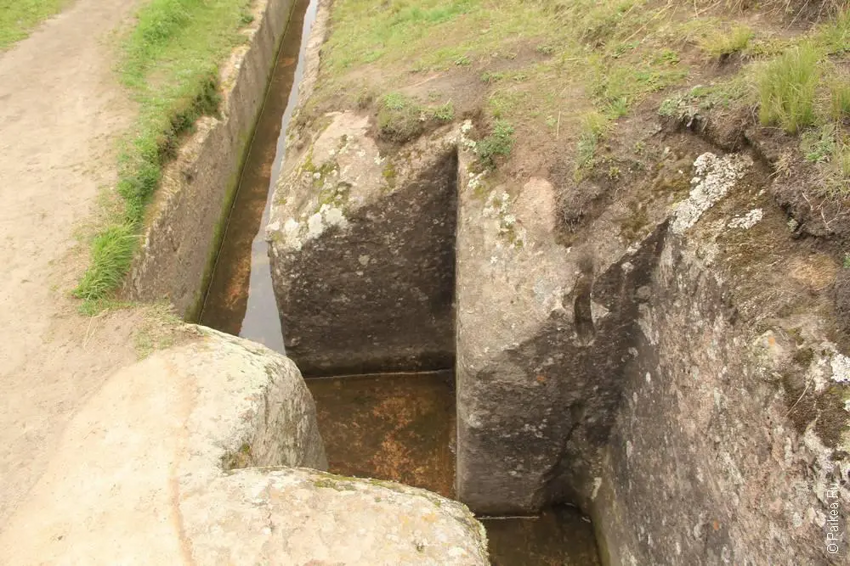
More than 3,000 years ago, long before the appearance of the Incas, settled tribes of ancient people who possessed unique knowledge lived in those places. Apparently, they were farmers, so the periodic droughts that occurred from time to time in that area greatly affected their lives.
Most likely, it was because of this that the inhabitants of the region had the idea to design one of the first hydraulic systems in the world. The most amazing thing is that they implemented such a global project without having any special tools for this.
It's incredible, but they dug an aqueduct more than nine kilometers long in very hard volcanic rock. As a result, they managed to create a carefully thought-out system for draining water from the hills to the arable lands. 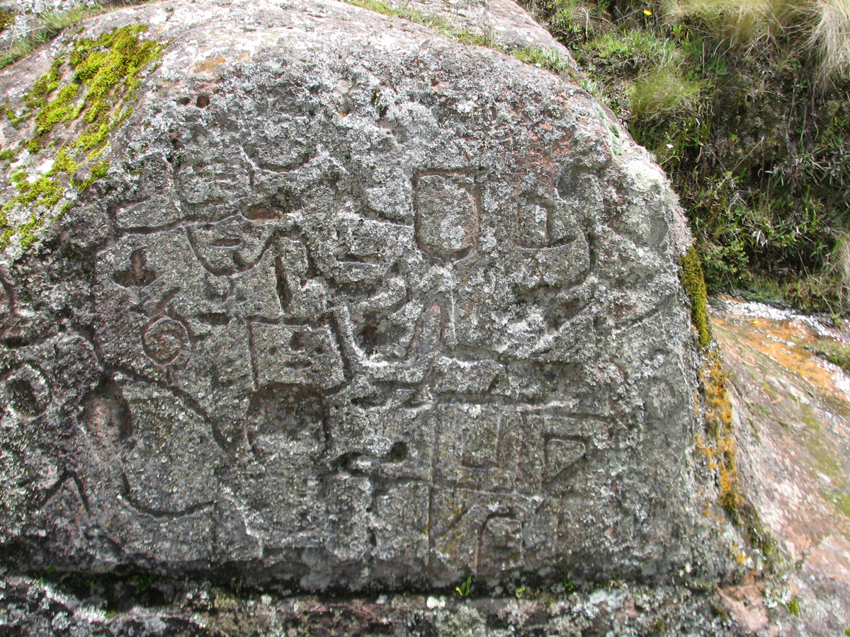
Mysterious symbols carved into stone next to the Cumbemayo Aqueduct
But the aqueduct and the mystery of its appearance are far from the only mystery of the structures in Peru. The ancient inhabitants of these places also built several ceremonial altars, the purpose of which is currently unknown.
These strange stones, which are more than 3,000 years old, are carved with intricate and mysterious patterns, the meaning of which no archaeologist has been able to penetrate.
These structures, like the aqueduct, still exist today. Experts from all over the world are studying them, hoping to penetrate the secret meaning of the drawings, but so far, to no avail. We can only hope that, sooner or later, they will succeed.
Bird from Saqqara
Have you ever heard about the mysterious story of the bird from Saqqara? Perhaps this is one of the most curious objects that scientists managed to discover at the end of the 19th century. 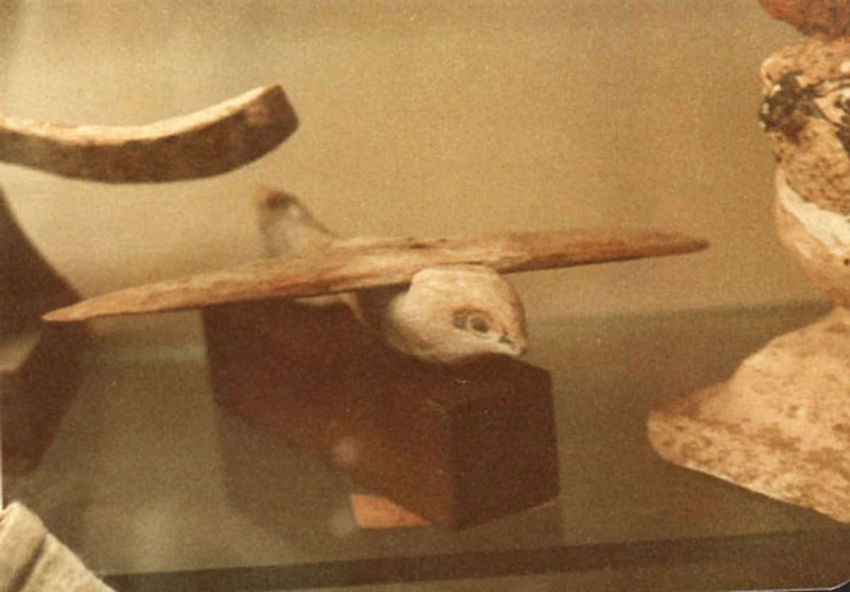
Bird from Saqqara
In 1898, Egyptian archaeologist Dr. Khalil Messiha excavated a burial site at Sappho. There he accidentally discovered an unusual figurine of a bird. It was small and light, but at the same time had a very curious shape.
The figurine's body resembled a bird, but its wings looked exactly like the wings of a modern jet plane. They are designed as a single element, made from a single piece of wood, which is thicker in the middle and thinner at the ends.
All this suggests that, more than 2000 years ago, the Egyptians had quite serious knowledge in the field of aerodynamics. This is why the discovery has confused Egyptologists, giving rise to many theories and disputes. 
Moreover, when scientists made a copy of the figurine and tested it, they were able to verify that it was capable of gliding several meters if the model was simply thrown into the air. Perhaps this bird was the first model of some incredible flying machine created by the engineers of that time?
The opinions of scientists are divided: some claim that the resemblance of this bird to an airplane is completely accidental, but others believe that its author was an Egyptian genius who actually created a model of a modern airplane.
Roman dodecahedrons
Since the 18th century, throughout Europe, archaeologists and ordinary people have found objects that are very similar to each other - dodecahedrons. Most of these strange figures date back to the ancient Roman civilization and were made between the 2nd and 4th centuries AD (the height of the Roman Empire).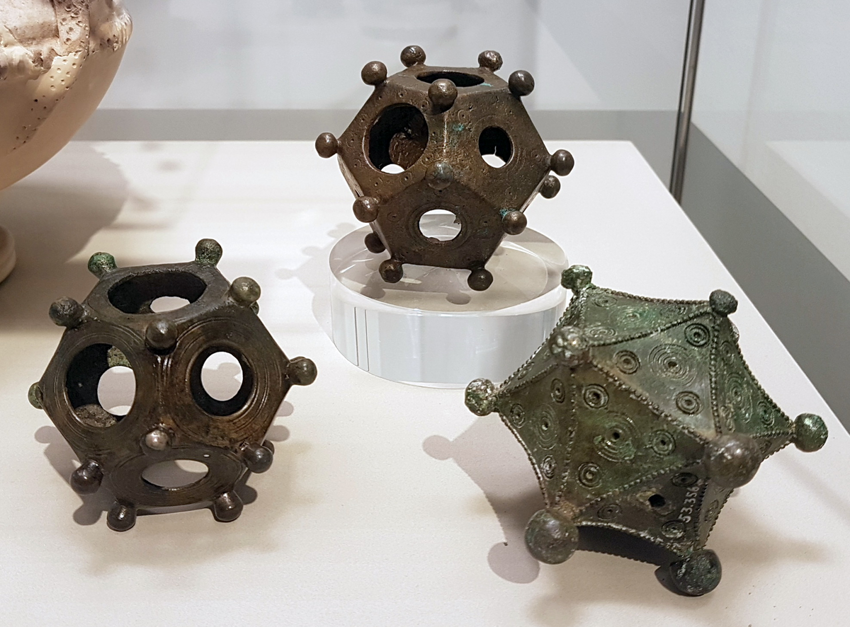
Roman dodecahedrons
Roman dodecahedrons are hollow objects composed of 12 regular pentagonal plates with holes. They are mostly made of bronze (only one is made of silver) and range in size from 5 to 12 centimeters and weigh from 40 to 620 grams. Full-bodied specimens made of stone are also sometimes found.
The dodecahedron was first described about 300 years ago. Since then, scientists and enthusiasts have put forward about 60 theories in an attempt to explain their purpose. But what were these strange objects, so widespread in Italy, France, Germany, Hungary, England and many other countries, actually used for?
As of 2016, a total of 116 bronze dodecahedrons were found, and it seems that this is not the end... Only scientists are no closer to solving the mystery. What is this? An astronomical instrument, a candlestick, a board game item, a decorative figurine or a religious relic? Currently, none of these hypotheses stands out among the others. 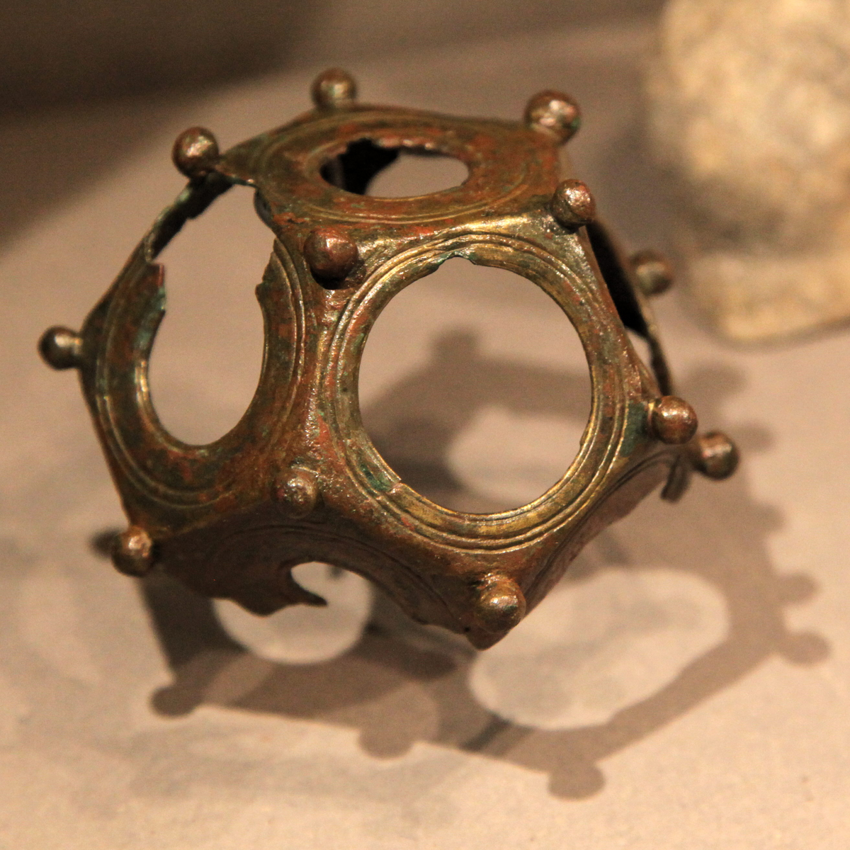
Roman dodecahedron
The purpose of Roman dodecahedrons remains a mystery, which does not prevent them from being exhibited in dozens of museums. Most of them are decorated with drawings and circular patterns, but letters or numbers have never been found on them.
What is most puzzling is the lack of any mention of dodecahedrons in ancient Roman texts. Could this be an accident, or did someone deliberately remove all references to these strange artifacts?












